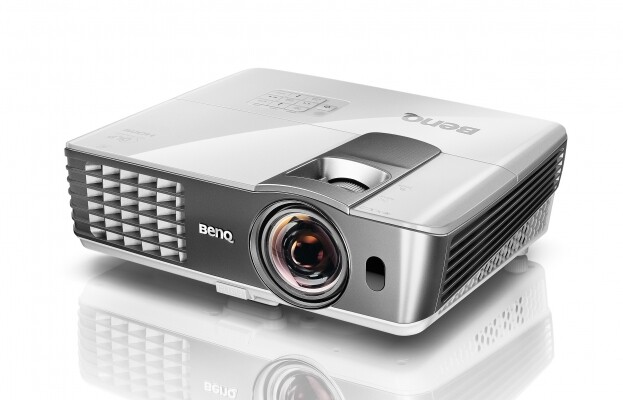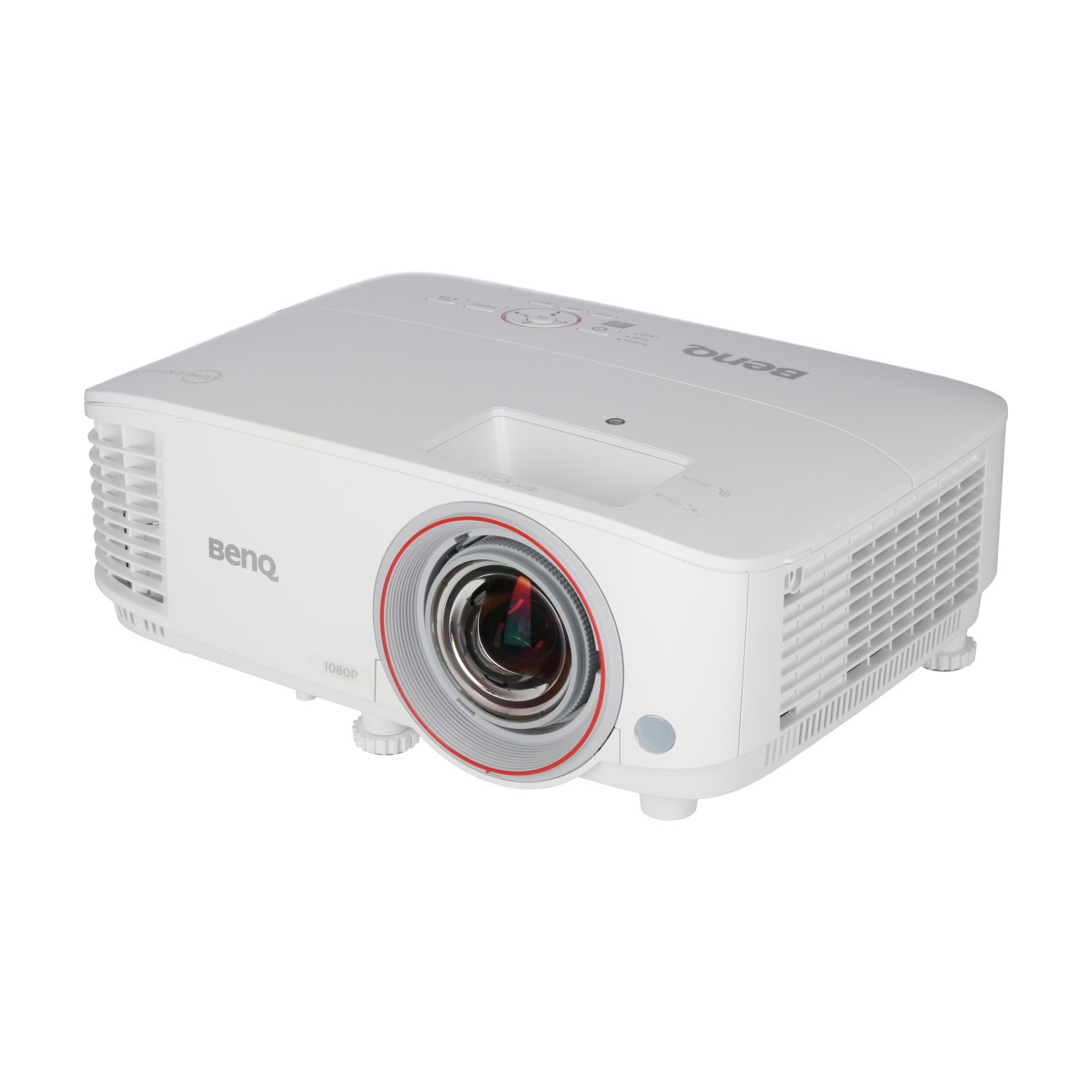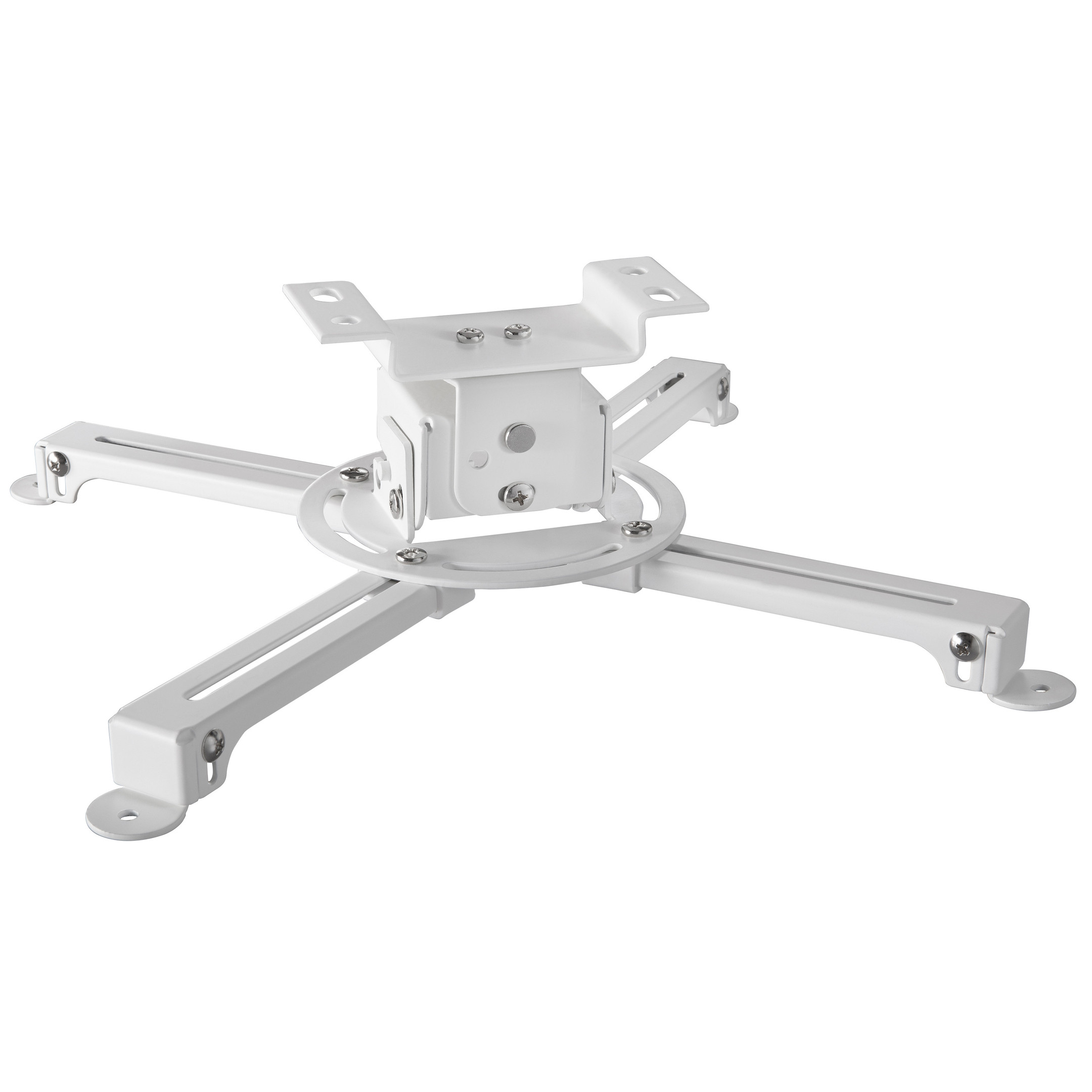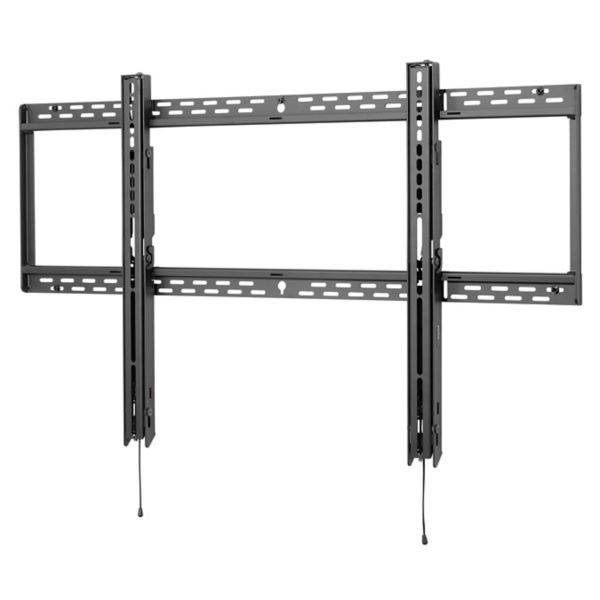



















No longer available
Product number: 1140565
Alternative Products:
- Resolution 1920 x 1080 Full HD
- Aspect Ratio 16:9
- Operating noise 33 dB


visunext Services
Frequently purchased together
Product information
Big Enjoyment for Small Spaces! Enjoy a 1080p Full-HD home theater experience even in a small room with the short throw W1080ST. Enjoy vibrant video with a 10,000:1 high contrast ratio and the brightness of 2000 ansi lumen. Briliant Image Performance Full HD 1080p Showcase Full-HD content in sharp, 1080p definition and enjoy Blu-ray, video games and HD broadcasting in beautiful, high-contrast quality without downscaling or compression. 3D The W1080ST supports multiple forms of 3D – including HDMI, Blu-Ray, 3D broadcasting, video games and NVIDIA 3DTV PC connectivity – in 1080p Full-HD for maximum enjoyment. You'll appreciate uninterrupted viewing with no crosstalk thanks to DLP technology and new glasses designed for comfort and peak image quality. ISFccc Certification The W1080ST is ISF Certified for customization to any room, offering calibration for optimized color performance in both Day and Night modes that can adapt to any room’s layout, size and ambient light levels. Short Throw, Big Entertainment Save space and enjoy big screen entertainment even in small rooms thanks to the W1080ST's short throw ability – up to 65" at 1m. Put the projector up close and don't worry about screen obstruction or needing extra space for motion-sensitive gaming.
Technical data
| Name | BenQ W1080ST Projector, 1920 x 1080 Full HD, 2000 Lumen, without lens |
|---|---|
| Article number | 1140565 |
| Manufacturer SKU | 9H.J7M77.17E |
| Lamp life (ECO) | 6,000 Hour |
| Model name | W1080ST |
| Brand | BenQ |
| Product Type | Projector |
| Application | Short throw projectors |
| Projector Type | DLP |
| Technology | DLP |
| ANSI Lumen | 2,000 ANSI Lumen |
| Resolution | 1920 x 1080 Full HD |
| Aspect Ratio | 16:9 |
| Contrast Ratio | 10,000 :1 |
| Operating noise | 33 dB |
| Operating noise - ECO | 30 dB |
| Lamp life | 3,500 Hour |
| Minimum Projection Ratio | 0.69 |
| Maximum Projection Ratio | 0.83 |
| Lens Zoom | 1.2 |
| Vertical Keystone | 20% |
| Inputs | 1x Cinch-Video , 1x RS232 , 1x S-Video , 1x VGA , 1x components , 2x HDMI |
| Outputs | 1x YUV Component |
| Product width | 31.2 cm |
| Product height | 10.4 cm |
| Product depth | 24.4 cm |
| Weight | 2.85 kg |
| Colour | Silver |
| Delivery contents | Power cable , Quick user guide , Remote control , User manual (CD ROM) |
| Condition | New |
| Warranty | 24 Month |
| Warranty type | Pickup service Service and support information |
Product safety
| Person responsible for the EU |
|---|
| BenQ Deutschland GmbH |
| Essener Str. 5 |
| 46047 Oberhausen |
| Germany |
| support@benq.eu |






